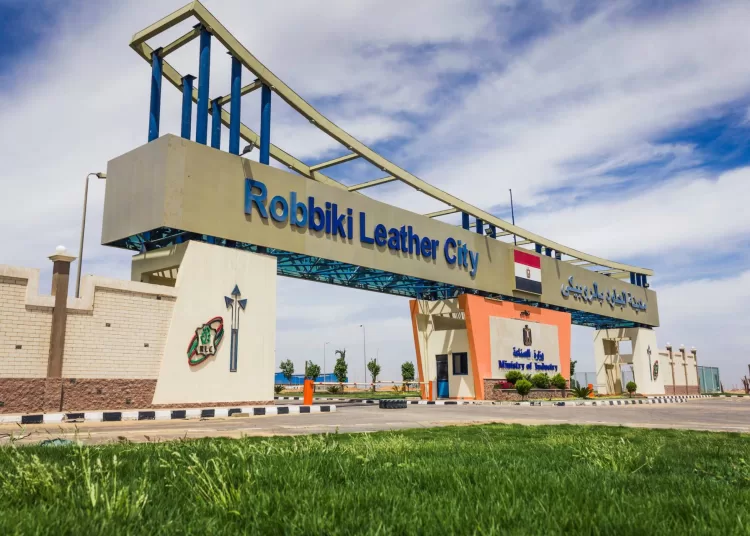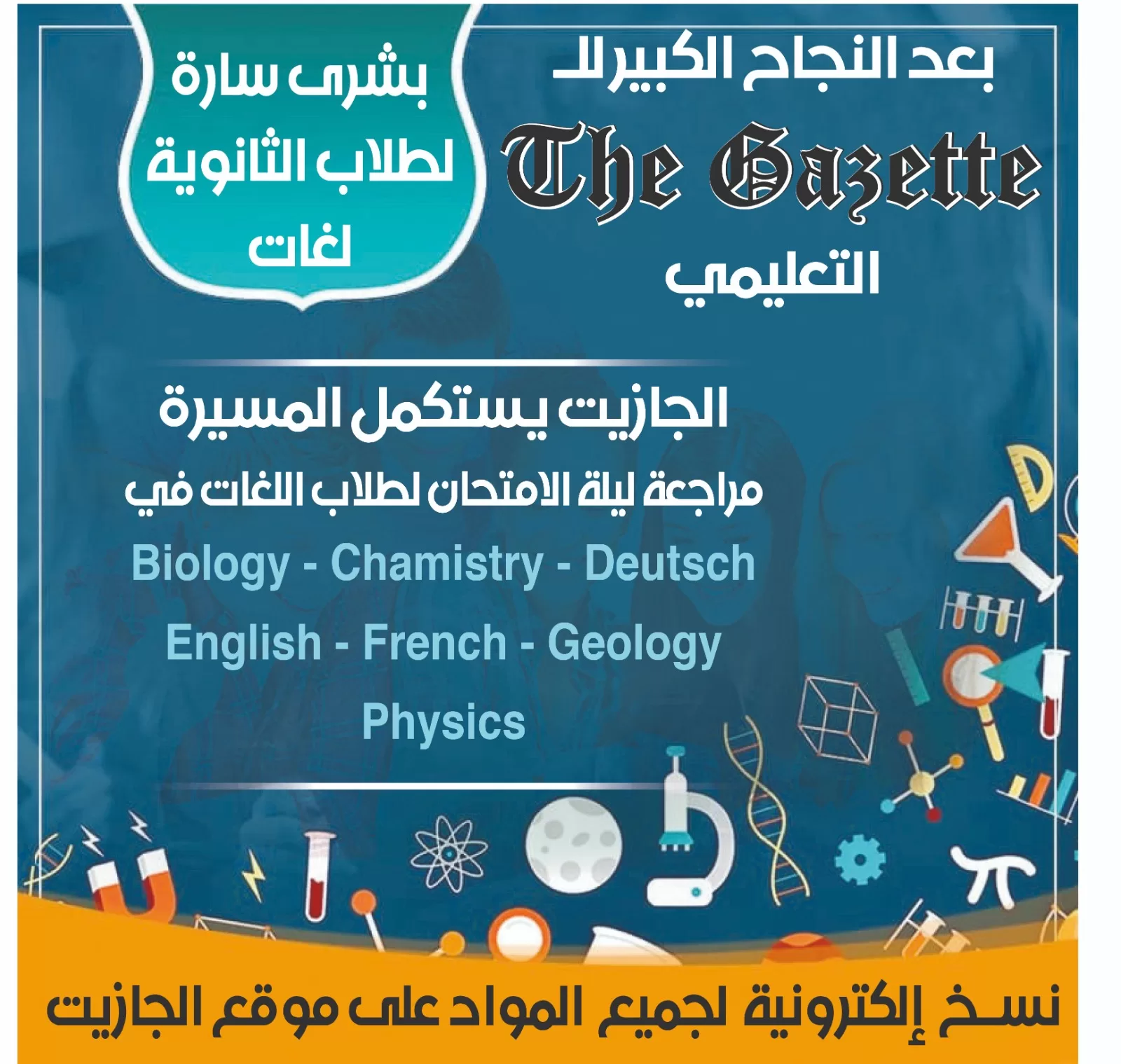Local leather industry is experiencing a transformative phase, with Robeiki Leather City at the heart of this evolution.
Situated 54 kilometres from Cairo, the Robeiki City stands as a testament to the Egyptian government’s commitment to modernising leather production capabilities, boosting exports, and fostering sustainable development in one of the country’s oldest industries.
The relocation of leather tanneries from the densely populated area of Old Cairo to Robeiki was not merely a logistical move, but part of a broader vision.
Robeiki City is a sprawling industrial complex designed with state-of-the-art technology to streamline production, reduce environmental impact, and enhance the quality of leather goods. The city is built on a comprehensive infrastructure tailored specifically for leather production, from tanning to finishing; ensuring every stage of the process goes in line with global standards.
In a significant push to attract both local and foreign investors, the government has recently made 35 fully equipped factories in Robeiki available for investment. They are equipped with cutting-edge machinery and ready-to-operate facilities, offering an unprecedented opportunity for businesses looking to tap into Egypt’s burgeoning leather market.
Chairman of the Leather Industry Chamber at the Federation of Egyptian Industries Gamal el-Samalouty said that the factories in Robeiki City will bring about a qualitative leap in the footwear and leather products sector in Egypt.
“This will contribute to improving product quality and achieving a breakthrough in exports,” he added.
The overall objectives of the Robeiki Leather City project include bolstering production capacity of tanned leather from 100 million square feet annually to 300 million square feet annually, he added
Additionally, the project aims to raise worker productivity from 60 square feet per day to the global standard of 250 square feet per day through training workers at the technological centres in the city.
The project also seeks to create new investment opportunities, enhance the competitiveness of leather products, and provide 20,000 direct and indirect job opportunities, el-Samalouty explained.
He also highlighted the importance of industrial integration within a single city that includes the leather needed for footwear and leather goods manufacturing, as well as production inputs. “This, ultimately, will lead to the export of fully finished products from Robeiki leather city,” he stressed.
The government, he noted, has invested heavily in creating an infrastructure that supports businesses in the sector.
“The industrial zone includes advanced waste management systems, such as a centralised wastewater treatment plant, which minimises the environmental footprint of tanning — a process traditionally criticised for the ensued ecological impact. This makes Robeiki City not only a hub for economic activity, but also a model for sustainable industrial development,” el-Samalouty added.
Diversifying leather products and enhancing their quality is one of the primary goals of Robeiki City, economic expert Khaled el-Shafie said.
“By providing access to modern technology and fostering innovation, the city encourages manufacturers to move beyond traditional tanning and explore value-added products such as high-end footwear, handbags, and leather accessories,” he added.
This shift not only enhances the profitability of the industry but also elevates the global perception of Egyptian leather goods, El-Shafei stressed.
However, el-Shafei said, Robeiki City faces challenges, including competition from established global players and the need for continuous technological upgrades.
“To maintain its competitive edge, the government and private stakeholders must invest in research and development, explore emerging markets, and strengthen partnerships with international brands,” he added.






Discussion about this post